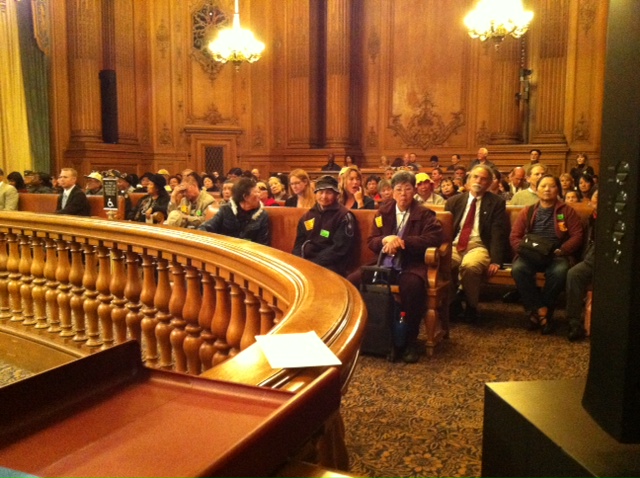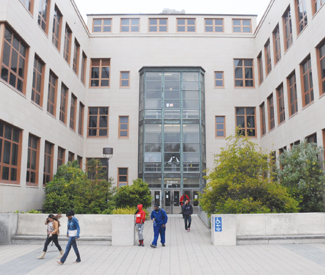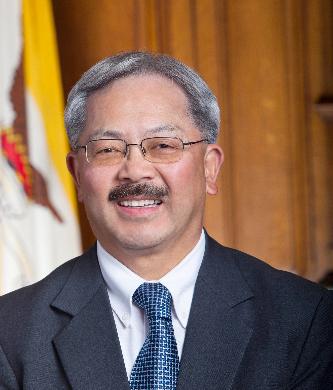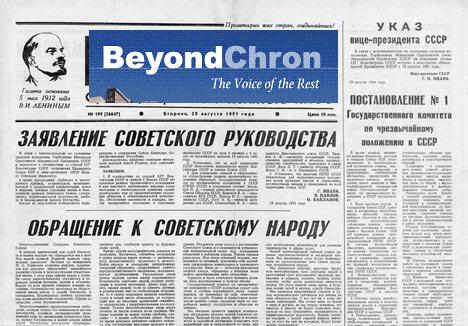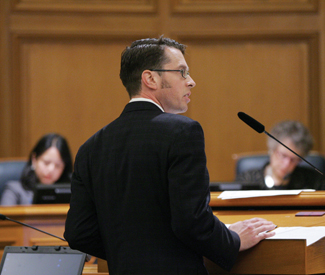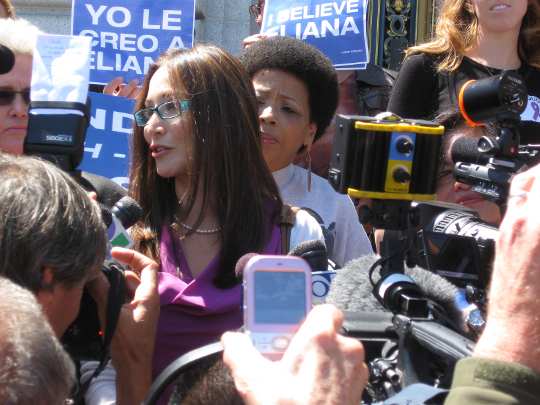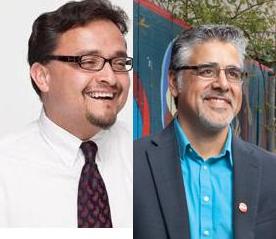And so, after a Guardian campaign that started in 1969 to kick PG&E out of City Hall and bring the city’s own Hetch Hetchy public power to San Francisco residents and businesses, the San Francisco Chronicle reported in Monday’s edition ( 9/17/2012) that San Francisco “is on the threshold of taking a major step into the public power realm.”
The lead story by John Cote, under a big front page head “Clean power plan would skirt PG&E,” nicely laid out the CleanPowerSF program and even said that the plan “would effectively break Pacific Gas and Electric Company’s decades-old monopoly on the consumer power market in its headquarters city.”
He quoted Sup. David Campos, sponsor of the legislation, as saying that “This is about giving consumers a choice. And for the choice to be meaningful, it can’t be dependent on one company deciding the energy future of this city.” The plan goes before the board on Tuesday (9/18/2012) and public power advocates say they have the votes for passage, despite PG&E’s furious lobbying inside and outside City Hall.
What Cote didn’t say, and what the Chronicle has been blacking out for decades, is the crucial point that this clean energy/ public power plan is no ordinary vote on an ordinary issue. It is an extraordinary vote that would start the process to enforce the federal Raker Act of 1913 that mandates that San Francisco have a public power system because the city dammed Hetch Hetchy Valley in Yosemite National Park for its cheap public water and cheap public power. The city got the cheap Hetch Hetchy water, but it never got the cheap Hetch Hetchy power because PG&E stole it and forced the city to buy PG&E’s expensive private power all these years. The cost: billions of dollars for decades to the taxpayers and enduring structural corruption at City Hall. The Guardian has called this PG&E/Raker Act scandal the biggest urban scandal in U.S. history. It still is.
It’s quite a story and I urge you to check out the hundreds of investigations, stories, editorials, cartoons, and graphics the Guardian has used for years to illuminate the scandal and fight to enforce the Raker Ac t and bring our own Hetch Hetchy power to our own people in San Francisco.
Buried in the Cote story is a key political point: Mayor Ed Lee, the man who became interim mayor on a phony premise and then lied his way into a full term as mayor, reiterated his “concerns” through a spokesperson that he is, gosh, golly, gee, “concerned about the opt-out provisions, the risks associated with the contract and the cost to residents.”
Marvelous. Simply marvelous. Lee is once again enunciating the PG&E line that mayors before him, notably Willie Brown and Gavin Newsom, have used to keep City Hall safe for PG&E and undercut the threat of public power coming to San Francisco and disturbing PG&E’s questionably legal monopoly. Brown, let me emphasize, was under PG&E’s thumb before, during, and after his mayoral tenure and now operates as an unregistered, $200,000-a -year PG&E lobbyist, Chronicle columnist, and key Lee confidant and ally.
The current public power proposal isn’t as strong as the three public power initiatives that PG&E spent tens of millions of dollars to defeat. PG&E would still own the lines and network, handle maintenance, and send out the bills.
But the proposal would provide l00 per cent renewable power to residents who want to pay a bit more for it, build a customer base and revenue stream for city-owned renewable power generation, advance the city’s greenhouse-gas reduction goals, and set aside $2 million to study public power options. Most important, it would be a helluva good first step toward enforcing the public power provisions of the Raker Act and kicking PG&E out of City Hall.
The supervisors and Lee should approve the legislation and move it forward vigorously and without delay.
This is a historic moment and a historic vote in San Francisco history. The question is, who is going to be on the right side of history and who is going to be on the wrong side of history with a PG&E vote that will live in infamy? B3
P.S. A tip of the clean energy hat to Ed Harrington, who successfully wrestled the proposal through the sea of crocodiles and hippos at City Hall. He delayed his retirement as general manager of the San Francisco Public Utilities Commission to finish up the proposal. “This is the single biggest program that is even on the horizon within the city and county of San Francisco to make any difference toward any of the goals that you have set as board members in terms of having a change in greenhouse gas emissions and climate change in San Francisco,” he told the supervisors’ budget committee last week as reported by Cote. “This program can make a dramatic change.”
And a tip of the clean energy hat to Sup. Campos, who put the proposal forward up against fortress PG&E, More: a tip of the clean energy hat and a bow to all the many public power advocates who have fought for years to bring clean energy and public power out of the wilderness and to this position. Furthermore, I salute Sheriff Ross Mirkarimi, who led the first two public power initiative campaigns as the unpaid manager and then took on the herculean job of orchestrating the clean energy/cca proposal inside City Hall .when he became a supervisor. Mirkarimi is now paying the price for, among other things, successfully taking on PG&E and the PG&E establishment. His was an enormously courageous and important public service. On guard, B3


